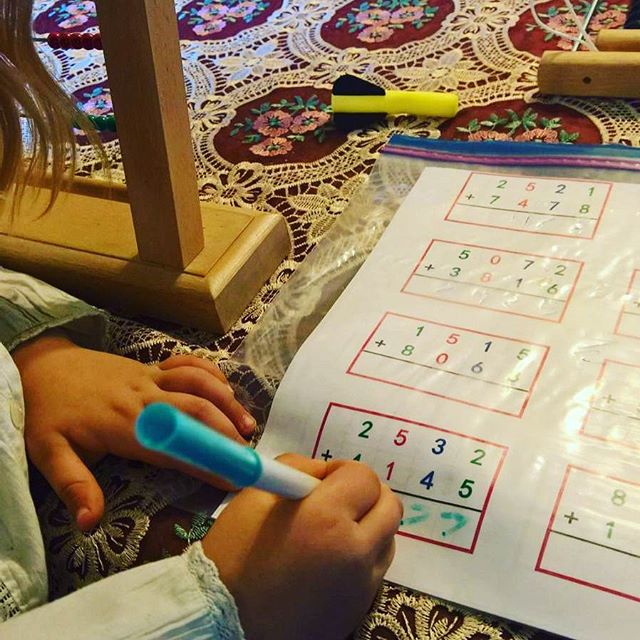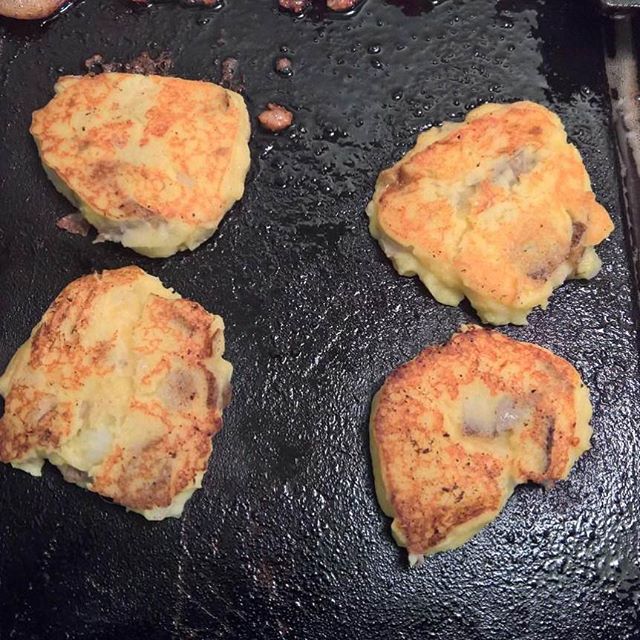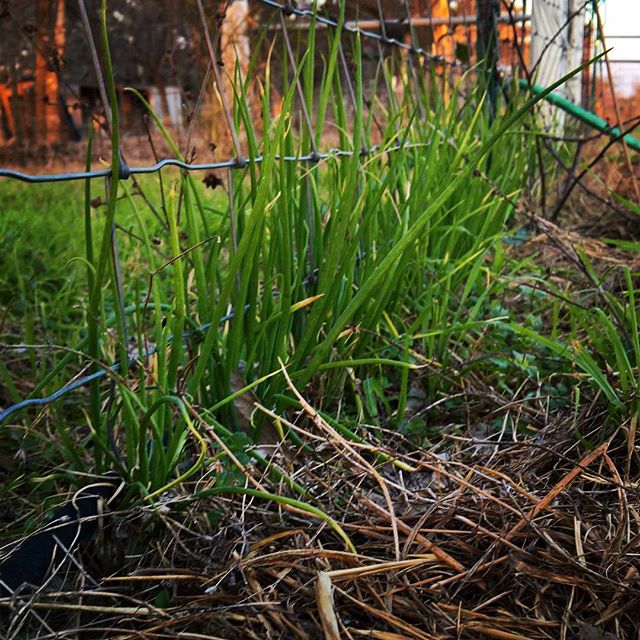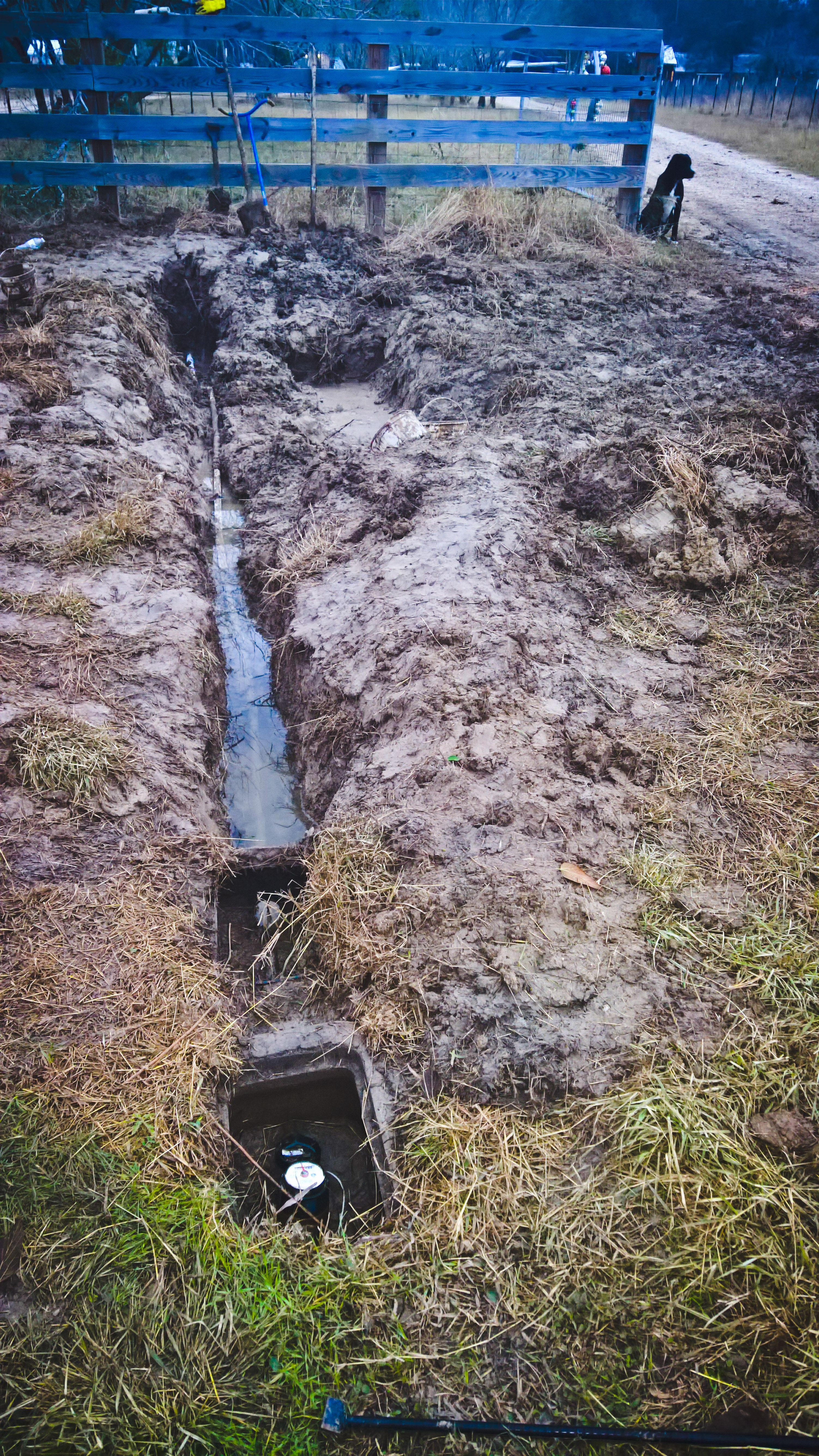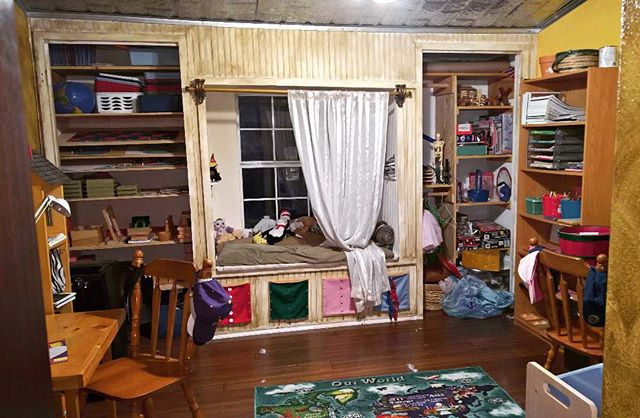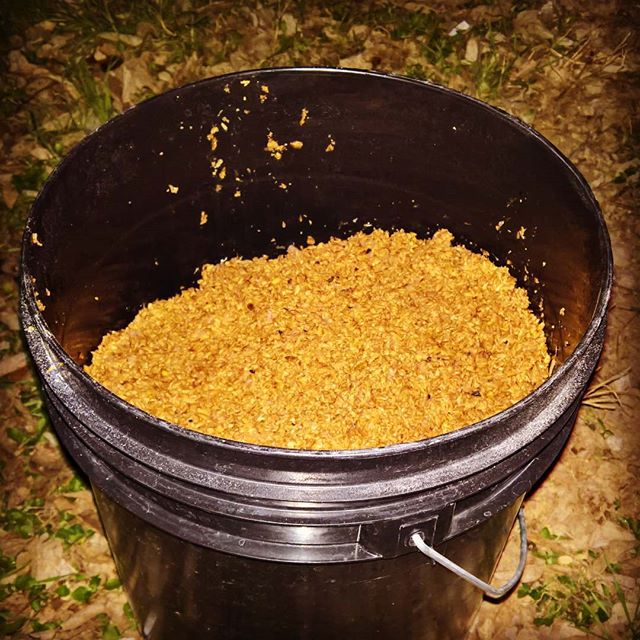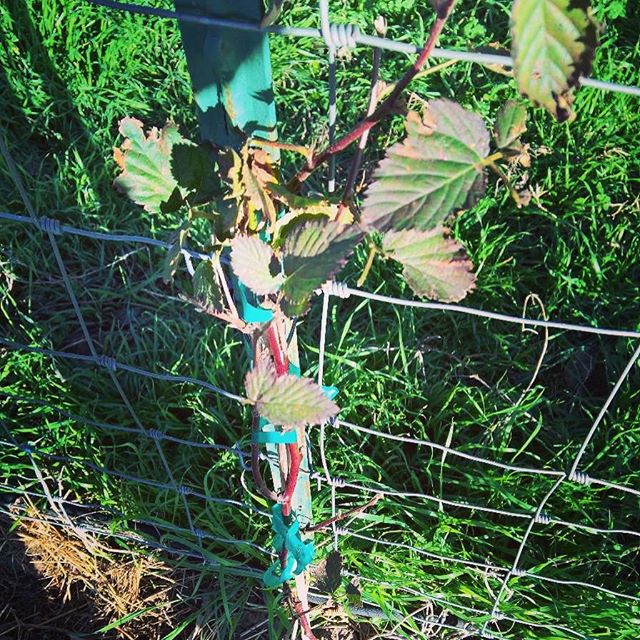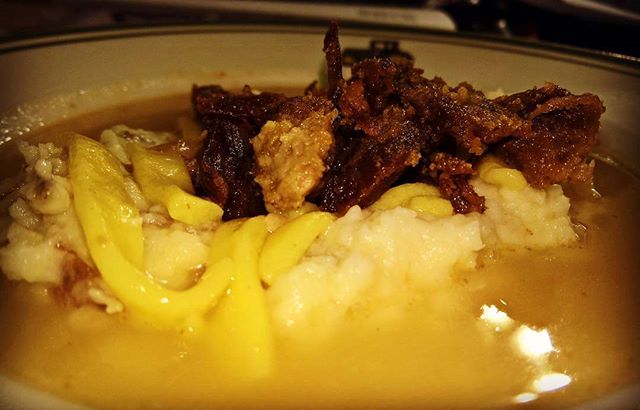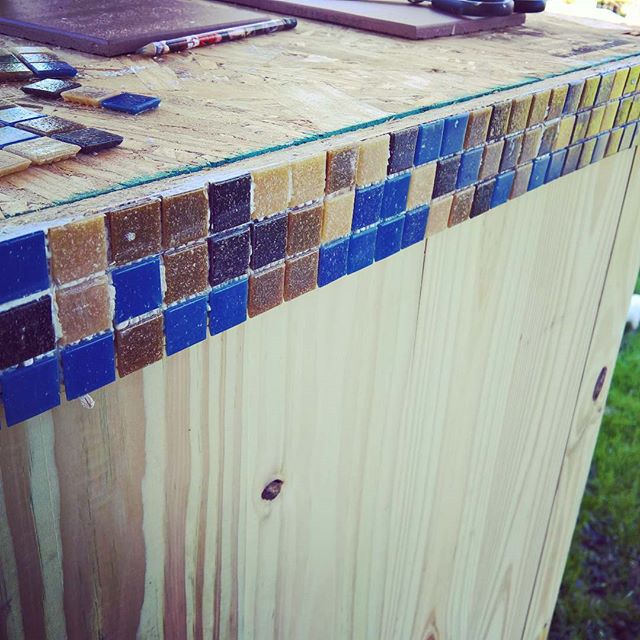We like to be ready for unhappy circumstances before they happen. Being prepared for them makes them less traumatic, and makes it easier to get through them. We talked briefly about some of the things we’ve done to be prepared in the post about Livin’ The 9.5, where our water main burst.
One of the tools we use to help in prioritizing our preparations is a simple “What would it take” type exercise. For example, “What would it take…to have enough water if the water went out for…a day, a week, a month.” Answering those questions helps us find things we can do to position ourselves to be less dependent upon outside resources. Here’s a sample of one of our planning worksheets.
Scenario: Water Outage
| Duration | One Day | One Week | One Month |
| Needs | ~5 gallons drinking water
Animals should be OK – as long as reservoirs are kept 3/4 full |
~35 gallons drinking water
~100 gallons for animals ~50 gallons for bathing ~20 gallons for dishes |
~1000+ gallons drinking water
~400+ gallons for cleaning Filtering system to reuse water for plants, etc. |
| Preparations | Store 10 gallons drinking water | Store 200 gallons drinking water
Store 100 gallons for bathing, dishes, etc. Berkey water filter |
~1500 gallon water storage tanks
Rain catchment system Pool Water well, solar/air/hand pumps |
Your numbers may be vastly different from ours. In fact, our numbers may (will) be vastly different as things change on our homestead. The point isn’t to get it perfect. Rather, the point is to take a stab at it. Even if you get it wrong, you’re still better prepared than you were before you even tried. Just make sure that the scenario you’re planning for is realistic. In other words, don’t plan for the Zombie Apocalypse. At least, don’t plan for the Zombie Apocalypse before you plan for a burst water pipe.
From the above table, we can put together a rough plan of action.
Phase I – Stupidly Simple
These are the things that, when you stop and think about it, are so obvious, that you could kick yourself for not doing it earlier.
- Next time you’re at the grocery store, pick up 10 gallons of the $.60/gallon drinking water.
Phase II – Relatively Easy
These are the things that aren’t difficult, but may take some planning to do. For example, rather than go out and buy 300 gallons of water, we’re going to buy 10 gallons each time we go to the grocery store. Yes, it will take seven months to build up a stockpile, but in seven months, we can be better off than we are now…or not.
- Add 10 gallons of drinking water to the grocery list for the next 30 weeks.
Phase III – A Little Effort
These are the things that are going to take a bit of time or money to do. As such, we’re going to have to plan for those more so than some of the others. For us, the Berkey falls into this category. And to make it easy, we’re going to spread the ~$300 cost into easy-to-do $20 chunks. Yes, it’s going to take three to four months to get there. But in three to four months, we can be better off than we are now…or not.
- Save $20/week for 15 weeks to buy a Berkey (~$300).
Phase IV – Longer Term Planning
These are the things that are going to be significant investments of time or money – or both. We may need to finance some of these things. Alternatively, if we’re going to pay cash, it’s going to take a while to save it. For us, the water catchment, water storage, and water well all fall into these categories.
- Research water catchment and natural filtration systems.
- Research ponds as an alternative or supplement to water storage tanks.
- Research pools and function stacking: entertainment, cooling in the summer, water storage in emergencies…
- Research water well and pump costs.
Phase V – Git ‘er done
This is the “go do it” part of Phase IV. Don’t get stuck in never-ending analysis. At some point, you need to take action. For us, we’re still working through some of the Phase IV stuff, and here’s what our plan looks like so far.
Pool
We’ve decided that we’re going to put in an above-ground pool this spring. It will help with cooling-off in the summer months, and it will be a reserve water source if anything happens.
Water Filtration
With the outside kitchen build, we’ve decided that we’re going to put in a natural filtration system to reclaim the grey water from the outside sink and dishwasher. We’ll use that grey water for the herb garden area in the back yard. This will also give us some experience with natural filtration systems that we plan to apply later to larger scale projects.
Water Well
While we haven’t totally given up on a well, the $7,000 estimate from a local water well driller means that it has a ~12 year payback period – and that’s if it doesn’t cost anything to run the pumps. So for now, we’re focusing on other avenues for meeting water needs.
Catchment & Storage
We’re looking at three different options under the “catchment and storage” heading. They are, in no particular order
- A “natural pool” pond system
- Water storage tanks coupled with a rain and runoff catchment system
- An aquaponic system
As I mentioned, these are longer-term projects. They each have their own benefits and drawbacks, and we haven’t yet figured out how we want to integrate them into our property. But that’s OK – we’re moving forward, and that’s the important thing.
Other Scenarios
We use the approach described above for assessing many of our “primary” systems. For example, when we first moved onto the property, we had some significant rehabbing to do on the old double-wide before we moved in. Parts were livable, but most of it wasn’t. So we lived in our pop-up camper for a month or so while we worked on the house. Longer term, we’re planning to build two or three B&B cabins around the property. While their primary purpose will be revenue from B&B activities, if anything should happen to our main home, we’ll have backup systems readily available.
